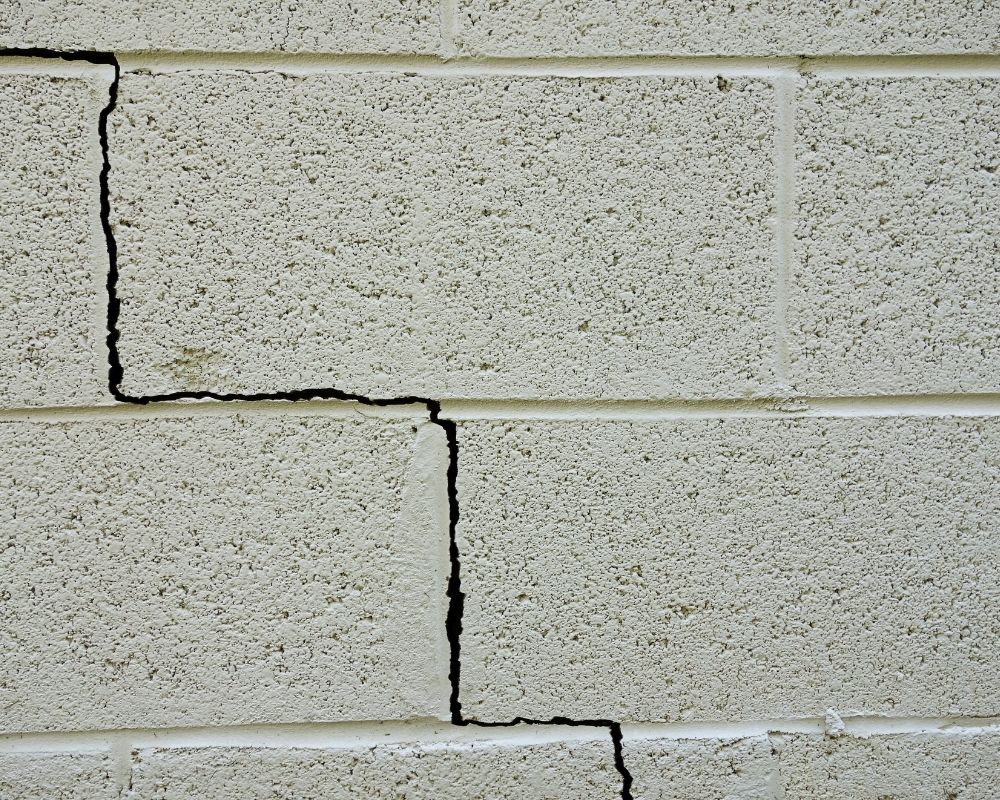As important as our homes are to us, it is vital to know how hydrostatic pressure can damage your basement. Houses are valuable investments, emotionally and financially, which makes knowing the potential impact of hydrostatic pressure more important. Left unaddressed, this pressure can damage your home’s foundation. Read on to learn more about what hydrostatic pressure can do and how you can prevent major damage in your home.
What is Hydrostatic Pressure Anyway?
Hydrostatic pressure has its roots in saturated soil under your house’s foundation. Saturated soil could easily result in tens of thousands of water pushing against your foundation. Thin cracks or gaps easily allow water to penetrate under these circumstances.
Hydrostatic Pressure Can Damage Your Basement: How Does This Happen?
Hydrostatic pressure has its origins in saturated soil in the ground under and near your home. Water in the ground, in and of itself, isn’t something to worry about. A certain amount of water in the ground is necessary for your home’s foundation health.
However, if you’re near a body of water, the water table is high, or the Kansas City area has seen a lot of rain, the saturation rate might be high. When your soil is heavily saturated, the building pressure from the water pushes against your foundation. When the water presses against the foundation, most of the effects of the pressure happen in the basement area.
How Much Damage Can Hydrostatic Pressure Cause?
Even though hydrostatic pressure can damage your basement, you won’t have to worry as much with a solid foundation. However, a weak foundation may signal the start of trouble. Water can get into a concrete foundation over time because the material is porous.
One of the things to remember is that concrete does not dry evenly, and water can travel through microscopic air bubbles forming during the drying process. The water seepage is a slow process, but damage over time is assured if left uncorrected. Pressure from water pushing against your foundation can cause cracking, inward bowing walls. Some of the problems that you might spot include stairstep or horizontal cracks or leaking. These types of issues require immediate attention to keep the problem from worsening and potentially resulting in collapsed walls and an uninhabitable house.
Because Hydrostatic Pressure Can Damage Your Basement, What Else Do You Need to Look For?
A damp or musty smell sign of problems involving hydrostatic pressure that require your urgent attention. Many assume that a damp or musty smell in a basement is something that is typically enough to ignore. However, such smells are not always normal.
Sometimes, your basement will seem humid, even during times when the humidity level is not particularly high. Mold and mildew growth are noticeable signs difficult to overlook. Another sign that you might notice is efflorescence in your basement area.
All of these are signs that your foundation is absorbing water. Because these situations result in problems over time, you will want to consider the help of a professional. Taking care of these issues sooner, instead of later, may help you prevent severe damage.
What Should You Do If You Need Help?
A foundation repair company should come and assess the situation if you’ve noticed any of the issues that we’ve highlighted. You will not only have the peace of mind that a solution is at hand, but you will also know what options are available for your situation.
Waiting is seldom a good idea because the damage will increase and become more expensive to resolve with time. Hydrostatic pressure can damage your basement, but we can help you find the solution that you need if you contact us about your situation.

